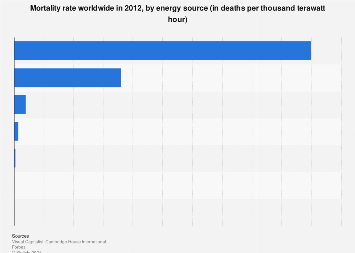Improving energy potency and reducing energy demand are widely thought of because the most promising, fastest, most cost-effective and safest suggests mitigating climate change. several opportunities seem to be cost-effective at current energy costs and might deliver further advantages like improved energy security, reduced fuel financial condition and exaggerated economic productivity. reflecting this, the International Energy Agency (IEA) and different bodies are inserting an increasing priority on Reliant Energy Plans , the ECU Commission has planned semipermanent targets for energy demand reduction and countries throughout the planet are introducing a variety of policies to deliver those reductions.

However previous attempts at reducing energy demand haven’t continually been successful. Frequently, the assumptions on which policy interventions are based mostly don’t adequately replicate either the challenges concerned or the factors shaping individual and organisational decision-making. Moreover, the complexity of economic systems will result in fortuitous and out of the blue consequences from those interventions that will undermine the initial aims. Policies are sometimes enlightened to variable degrees by concepts from educational research, however different academic disciplines approach the challenge of reducing energy demand in several ways emphasising some mechanisms and neglecting others, preferring some method approaches and sources of proof over others, and providing competitive recommendations. In turn, totally different disciplines are additional or less optimistic regarding the potential for reducing energy demand and supply insights that are more or less helpful for policymakers.
System scale and energy demand:
Energy may be a mysterious property of objects and systems which will be neither created nor destroyed, however will be transferred from one system to a different and regenerate from one kind to another. Since not all styles of energy are equally useful, a more relevant quantity is exergy or the provision to perform physical work. Exergy is a life of each the number and quality of energy and, in contrast to energy, will be destroyed throughout conversion processes. Energy – or additional precisely, exergy – is of distinctive importance in nature as a result of nothing functions while not it. complicated physical systems love organisms, ecosystems and human societies exist far away from physics equilibrium and might solely be maintained during this state by a relentless output of top quality. Biologists and ecologists have known remarkably consistent and apparently universal relationships between the physical scale of systems and therefore the size of those energy flows, based mostly upon quarter-power exponents. For example, the rate of organisms scales with the fractional power of mass over twenty-seven orders of magnitude, from the tiniest microbes to the most important mammals. There seem to be common principles underlying this universal relationship, joined to the biological process improvement of the fractal-like branching networks that provide energy and materials to organic systems such as the system of plants and therefore the cardiovascular system of mammals.
Since human societies depend upon analogous networks for distributing energy, water, food and different materials they’ll be subject to comparable constraints and therefore exhibit comparable relationships between system scale and energy flows. whereas drawing analogies between physical and human systems will be problematic, it’s incontrovertibly the case that larger, wealthier, additional thickly settled, and more complicated societies need larger energy flows. Such societies evolved by accessing increasingly larger energy flows and that they can not be sustained within the absence of these flows.



